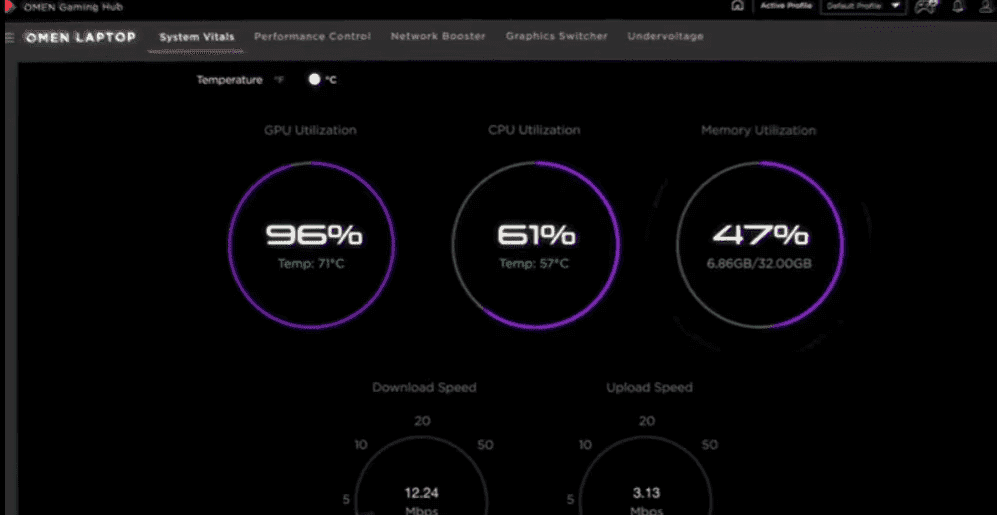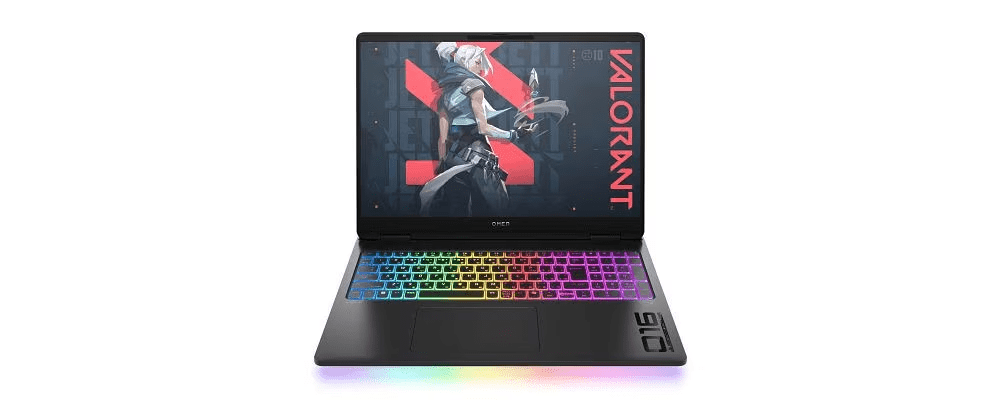Thank you for visiting the AUSTRALIA HP Store
-
Contact Us
CONTACT USCall us
- Sales
- 1300 540 516
- Technical support
- 13 23 47
Exc. public holidays
Chat with us- Our specialist are here to help
- Live Product Demo
- Sales
- 61288061500 (WhatsApp)
-

- Post Sales
- 61288061700(WhatsApp)
Exc. public holidays
Live product demo
Submit feedback We value your opinion! - My Account
How to Check Your Graphics Card in a Laptop: A Comprehensive Guide for Aussies


G’day, tech enthusiasts! Whether you’re a keen gamer, a budding video editor, or simply curious about what’s under the hood of your laptop, knowing how to check your graphics card is a handy skill. In this guide tailored for our Australian mates, we’ll walk you through the easy ways to identify your graphics card and locate its specifications in Windows 10 and 11. Plus, we’ll help you understand what those specs mean and how to choose the right graphics card for your needs. Let’s dive in!
Why Your Graphics Card Matters
Before we jump into the ‘how’, let’s quickly touch on the ‘why’. Your graphics card, also known as a GPU (Graphics Processing Unit), is crucial for:
-
Smooth gaming experiences
-
High-quality video editing and rendering
-
3D modelling and graphic design
-
Crisp and clear 4K content streaming
Now, let’s explore the different ways to find this vital information on your laptop.
Method 1: Using Windows Settings
Here’s how to check your graphics card using Windows Settings:
-
Click the Windows Start button and open Settings
-
Select ‘System’, then ‘Display’
-
Scroll down and click ‘Advanced display’ (Windows 11) or ‘Advanced display settings’ (Windows 10)
-
Under ‘Display information’, you’ll see your graphics card listed next to ‘Connected to’
Image Placeholder: Windows Settings display information. Alt text: Windows Settings showing graphics card information
Method 2: Using Windows Task Manager
For a more detailed look:
-
Press Ctrl + Alt + Del and select ‘Task Manager’
-
Click the ‘Performance’ tab
-
Select ‘GPU’ in the left navigation pane
Here, you’ll see your graphics card name and detailed performance stats.
Method 3: Using System Information
-
Click Start and search for ‘System Information’
-
In the left pane, expand ‘Components’ and select ‘Display’
This method provides comprehensive details about your graphics card.
Understanding Graphics Card Specs
Now that you’ve found your graphics card, let’s break down what those specs mean:
-
GPU: The brain of your graphics card
-
VRAM: Video RAM, measured in GB (4GB, 6GB, 8GB are common)
-
Core count: More cores generally mean better performance
-
Clock speed: Measured in MHz, higher is typically better
-
Resolution: The maximum resolution your card supports (e.g., 4K, 1080p)
-
Refresh rate: Measured in Hz, important for smooth gaming
Choosing the Right Laptop Graphics Card in Australia
For Australians looking to upgrade, HP offers a range of laptops with powerful graphics cards:
-
For High-End Gaming: The HP OMEN series features models with high-performance NVIDIA® GeForce RTX™ GPUs, perfect for competitive gaming in Australia's growing esports scene. Shop HP OMEN
-
For Creative Professionals: The HP ENVY lineup includes options with dedicated NVIDIA graphics, ideal for graphic designers and video editors in Australia's creative industry. Shop HP ENVY
-
For Casual Users and Students: The HP Pavilion series offers models with integrated Intel® or AMD graphics, suitable for everyday tasks and light gaming, perfect for students in Australian educational institutions. Shop HP Pavilion
How to Update Your Graphics Card Drivers
Keeping your graphics card drivers up to date is crucial for optimal performance. Here’s how to do it:
-
Visit HP Support and search for your laptop model
-
Download and install the latest graphics drivers
-
Alternatively, use Windows Update: Go to Settings > Windows Update > Check for updates
Conclusion
Understanding your laptop’s graphics capabilities is key to getting the most out of your device, whether you’re a gamer, creative professional, or casual user. By following this guide, you can easily check your graphics card specs and make informed decisions about upgrades or new purchases.
Remember, if you’re in the market for a new laptop, HP offers a range of options to suit various graphics needs, from casual browsing to intense gaming. Check out the HP Australia online store to explore the latest models with cutting-edge graphics capabilities.
Happy computing, Australia!
- Sales
- 1300 540 516
- Technical support
- 13 23 47
Exc. public holidays
- Our specialist are here to help
- Live Product Demo
- Sales
- 61288061500 (WhatsApp)
-

- Post Sales
- 61288061700(WhatsApp)
Exc. public holidays
Live product demo








